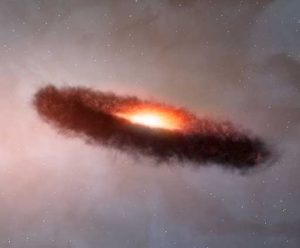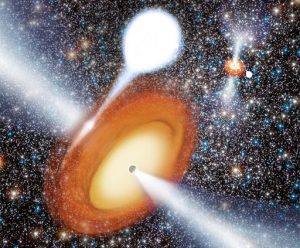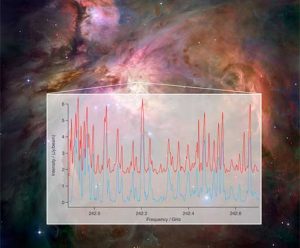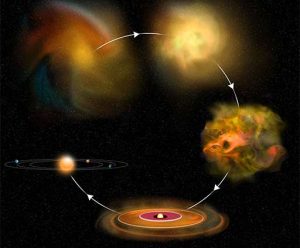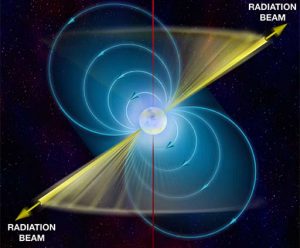Astronomers using the Atacama Large Millimeter/submillimeter Array have for the first time found that the outer region of a dusty disk encircling a brown dwarf contains millimeter-sized solid grains like those found in denser disks around newborn stars.
Surprising Black-Hole Discovery Changes Picture of Globular Star Clusters
An unexpected discovery by astronomers using the National Science Foundation’s Very Large Array is forcing scientists to rethink their understanding of the environment in globular star clusters, tight-knit collections containing hundreds of thousands of stars.
Astrochemistry Enters a Bold New Era with ALMA
Combining the cutting-edge capabilities of the ALMA telescope with newly-developed laboratory techniques, scientists are opening a completely new era for deciphering the chemistry of the Universe.
Astronomers Get Rare Peek at Early Stage of Star Formation
Using radio and infrared telescopes, astronomers have obtained a first tantalizing look at a crucial early stage in star formation.
Pulsars: The Universe’s Gift to Physics
Pulsars, superdense neutron stars, are perhaps the most extraordinary physics laboratories in the Universe.
From Earth’s Water to Cosmic Dawn: New Tools Unveiling Astronomical Mysteries
Two new and powerful research tools are helping astronomers gain key insights needed to transform our understanding of important processes across the breadth of astrophysics.






